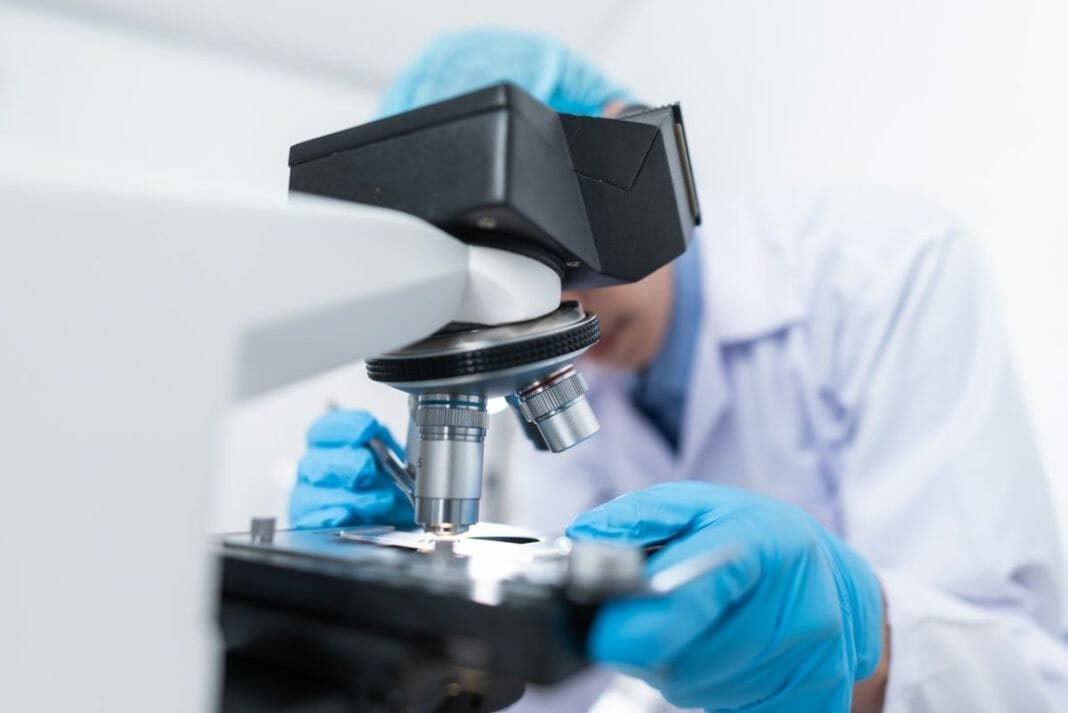Providing quality healthcare services is important for any medical practice. Whether you are a doctor, nurse, or other health care professional, having the right equipment can make a big difference in the level of service you provide to your patients. From imaging systems and diagnostic tools to patient monitoring and communication devices, there is an array of different pieces of equipment that can help improve the quality of healthcare services. In this article, we will discuss some of the most essential pieces of equipment that should be included in any medical practice. We will also look at how these items can benefit both providers and patients alike. With this information in hand, you’ll be able to make more informed decisions about which types of equipment are best suited for your specific needs.
1. Imaging Systems:
Imaging systems such as MRI and CT scanners are essential for providing accurate diagnoses of various medical conditions. These machines can also detect subtle abnormalities in the body that may not be visible to the naked eye. By having access to a high-quality imaging system, healthcare providers can diagnose patients more quickly and accurately. In addition to providing diagnostic information, imaging systems can also be used for certain therapeutic treatments. This will ensure that patients receive the best possible care for their condition.
2. Diagnostic Tools:
From stethoscopes to lab tests, diagnostic tools are essential for any medical practice. These items allow healthcare providers to accurately assess a patient’s condition, as well as provide essential information about potential treatments or medications. Having access to these types of tools will ensure that healthcare providers can quickly and effectively diagnose and treat various illnesses and conditions. In addition, having access to the latest diagnostic equipment will also help healthcare professionals stay up-to-date with the latest advancements in medicine and technology.
3. Patient Monitoring Devices:
Patient monitoring devices such as heart rate monitors, blood pressure cuffs, and respiratory machines are also essential pieces of equipment for any medical practice. These devices can provide healthcare providers with vital information about a patient’s condition, which can help them make more informed decisions about the best course of treatment. In addition, these devices can also be used to monitor a patient’s progress after they have been discharged from the hospital or clinic. For example, a heart rate monitor can be used to track how well a patient is responding to treatment.
4. Temperature and Environmental Monitoring Devices:
Temperature and environmental monitoring devices are also essential pieces of equipment for any medical practice. These items can help healthcare providers ensure that their patients remain safe during treatments or examinations by monitoring the temperature, humidity, and other environmental factors in the room. In addition, these devices can also be used to monitor infectious diseases in a hospital or clinic setting so they help keep patients safe. As mentioned by the folks behind AeroScout, this supports higher levels of patient safety not only for stored items but also for critical environmental factors such as maintaining ideal humidity in the OR. So, having the right equipment for temperature and environmental monitoring can be essential for providing quality care.
5. Communication Devices:
Communication devices such as radios, phones, and computers are also essential pieces of equipment in any medical practice. These items allow healthcare providers to stay connected with their patients, colleagues, and other medical professionals. They can also be used to send out vital information regarding treatments or medications quickly and efficiently. By having access to these types of tools, healthcare professionals can ensure that their patients receive the best possible care in a timely manner. Furthermore, having access to communication devices can help improve patient safety and satisfaction by reducing the amount of time it takes for healthcare providers to respond to inquiries or make decisions.
6. Mobility Equipment:
Mobility equipment such as wheelchairs, canes, and walkers are also necessary pieces of equipment for any medical practice. These items help patients who have difficulty walking or moving around to move more easily within their environment. This, in turn, helps healthcare professionals provide better care for their patients and ensure that they remain safe during treatments or examinations. In addition, having access to mobility equipment can also improve the quality of life of those with limited mobility by enabling them to lead more independent lives.
It is clear that having access to the right medical equipment and technology can be essential for providing quality healthcare. From diagnostic tools to patient monitoring devices, communication devices, and mobility equipment, these items are all necessary pieces of equipment in any medical practice. By leveraging the latest advancements in medicine and technology, healthcare providers can ensure they provide their patients with the best possible care while also improving safety standards within their facilities. With this in mind, it’s important for hospitals and clinics to invest in high-quality medical equipment so that they can continue delivering top-notch services to those who need them most.
